Reorganized anatomy department marks 70 (plus) years
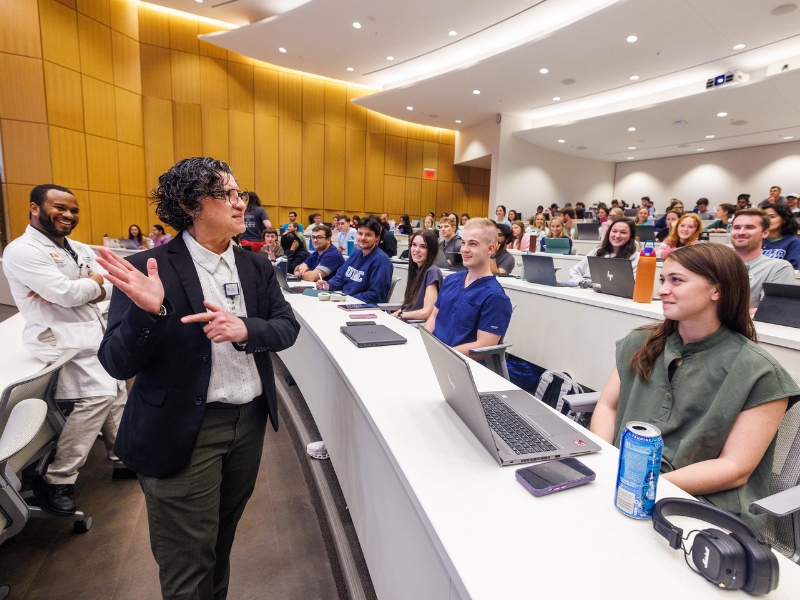
Editor’s Note: To commemorate the University of Mississippi Medical Center’s 70th anniversary, we will feature a series of stories throughout the year on the original School of Medicine departments when the Medical Center opened in 1955.
During her nearly 100 years on this earth, there were few things Winnie Turnage safeguarded more than her grandchildren or her teeth.
“At 98, she didn’t have a single denture in her mouth; she had every tooth she was born with,” said a grandson, Michael Still of Madison.
But years before she passed away, it appeared she was going to lose a grandchild – Elizabeth, born premature with a heart defect; soon after her birth, she began to die.
“And then, because a physician at the University of Mississippi Medical Center knew immediately what was wrong with her, because of his expertise, Elizabeth was brought back to life,” said her father, John Hawkins of Clinton.
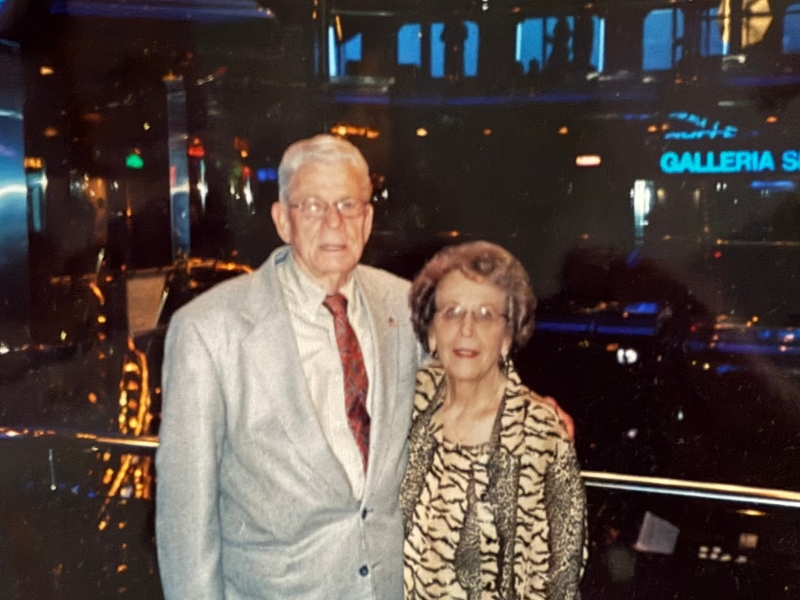
Later, Turnage donated her body to the UMMC Anatomical Gift Program under the Department of Advanced Biomedical Education – a department that has, in this way, established personal connections with families throughout much of its 70-year history in the School of Medicine.
“Because Elizabeth’s life was saved, my mother became a donor in order to give back to the university, as did my father,” Hawkins said. “My wife and I will be donors as well.”
For many Mississippi families, the body donor program, now managed by Christopher Grant, is the public face of the Medical Center. But the department that oversees it has many more responsibilities. As of 2022, its primary one became teaching teachers how to teach.
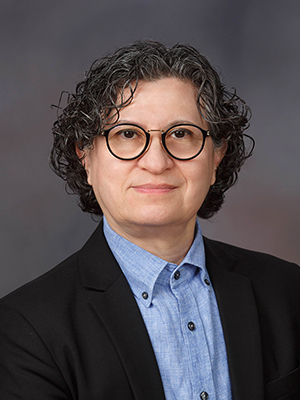
“Without exaggeration, I would say our department is serving the whole campus,” said Dr. Norma Ojeda, professor and chair of DABE.
“It is a cadre of faculty members who are experts in the art of teaching.” They belong to a department that is decades older than the Medical Center. Its beginnings date back to the early 20th century when it was part of the University of Mississippi’s two-year medical school in Oxford.
Known then as the Department of Anatomy, it moved to Jackson when the Medical Center and the new, four-year medical school opened in 1955. A couple of years later, the department chair, like many of this country’s scientists and scholars, became obsessed with a beach ball-sized aluminum sphere beeping in the sky.
Dr. William Lane Williams, the department’s powerhouse leader, soon applied for an anatomy training grant when such awards were “a part of the dramatic reaction to the startling news on Oct. 4, 1957 that the Russians [Soviet Union] had launched the interplanetary satellite, Sputnik,” wrote the late Dr. Carroll Ball in a 1998 article published in the Journal of the Mississippi State Medical Association.
In the 1950s, the technologically embarrassed U.S. suffered a famine of physicians and even greater scarcity of teachers of the basic medical sciences. Anatomy training grants offered a way to play Cold-War catchup with the communists.
Under the “parental, benevolent” guidance of Williams, the program grew “exponentially,” Ball recalled, and it was “considered status recognition to work for the Anatomy Department.”
Over the years, first-year enrollment in the medical school grew steadily, but as more federal funds helped pay the cost of training physicians, the seams of its training facilities were strained.
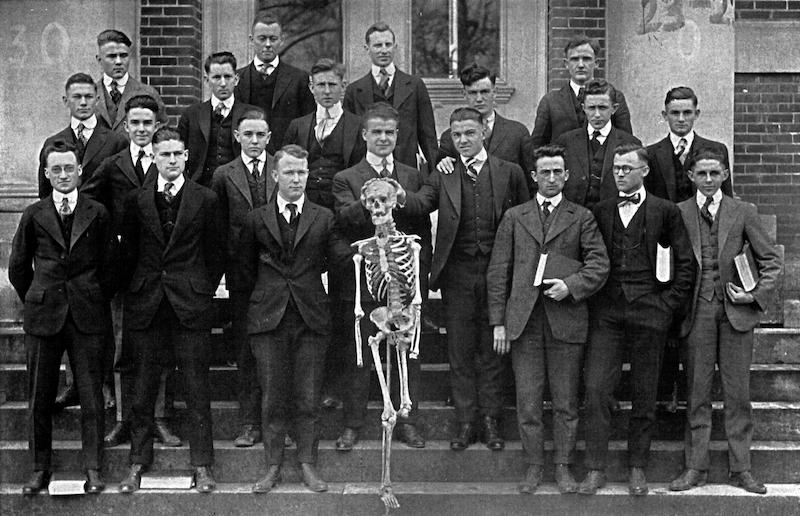
There was also a lack of human cadavers to train students in anatomy. “For many years, there was a critical shortage, but changing ideas and attitudes among the public, as well as a well-developed body donation program … succeeded in making cadavers plentiful,” wrote Janis Quinn in her 2005 Medical Center history, “Promises Kept.”
By then, the department’s dreams were getting better all the time. In 1993, the Guyton laboratory research building opened and the number of faculty in the department rose to a record-breaking 18.
The Body Donor Program also flourished under its director, Dr. Duane Haines, who urged students to respect and appreciate “this ultimate gift.”
In 1996, the vice chancellor, Dr. Wallace Conerly, reserved a campus plot for the burial of the remains. A granite monument marks the UMMC Cemetery today.
Conerly also introduced the yearly memorial service – A Ceremony of Thanksgiving, which honors anatomical donors and their loved ones. In the spring of 2022, Dr. Robyn MacSorley, an UMMC associate professor of nursing, attended the ceremony; during the roll call of heroes, her father’s name resounded inside the cemetery.
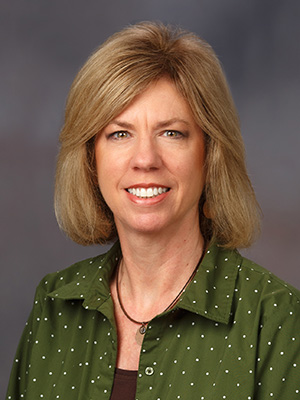
As a nursing student, MacSorley studied anatomy at UMMC, “but I had no idea then there was anything like an anatomical donors program,” she said.
“Years after I started working here, I found out that my dad had signed up for it more than 20 years earlier.” In October 2021, her father was struck down by a pulmonary embolism. Through the donor program, MacSorley made arrangements.
“Everything done by those in the program gave me and my family such a sense of peace; we knew someone was taking good care of our loved one,” MacSorley said.
“This program is awesome – allowing you to offer this priceless gift to research.”
In the gross anatomy lab on the seventh floor of the North building, a former director of the program, Dr. Yuefeng “Jordan” Lu, has for 14 years taught many of the beneficiaries of these priceless gifts – medical and dental students.
When Lu joined it, it was called the Department of Neurobiology and Anatomical Sciences. “The department has changed a lot,” said Lu, a professor of advanced biomedical education.
“We teach the same courses, but now the faculty is more focused on education than ever before. I believe the students benefit from this change.”
The change arrived in July 2022, when the department adopted a new name reflecting its quest to train teachers how to impart as skillfully as possible the intricacies of human biology, health and disease.
As Dr. Loretta Jackson-Williams, vice dean for medical education, said at the time, there had never been an entire Medical Center department whose faculty’s No. 1 job is education. Within this reorganization, a course taught by one faculty member in one department is re-emphasized by faculty members in other departments and programs.
Leading this charge is Ojeda, an educator and researcher who describes her job as “a dream come true for me.
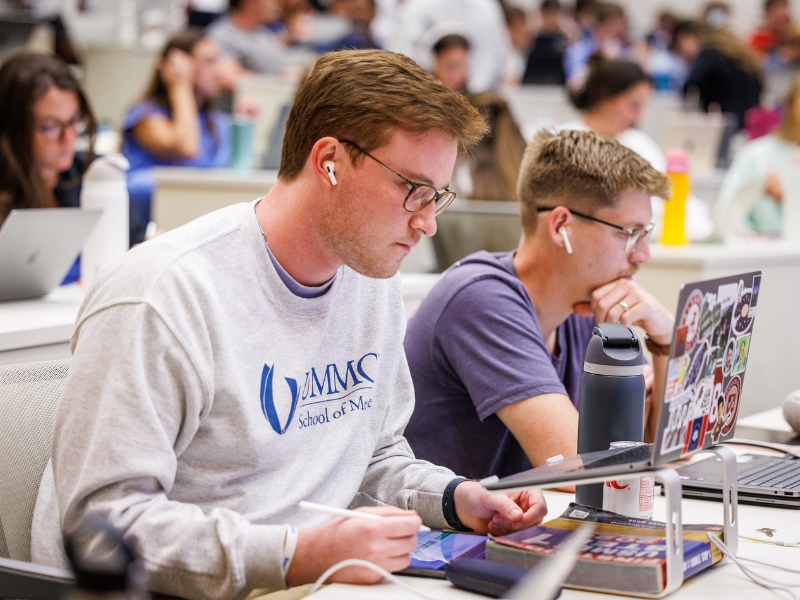
“Our faculty members embrace challenges and return outstanding outcomes. They are a very different breed of educators in the biomedical field.
“They teach students how to embrace their compassion so they can be the best health care professionals they can be. I’m honored to be working side by side with them.”
DABE’s scope is bountiful, taking in the Simulation and Interprofessional Education Core, Resuscitation Training Core, Judith Gore Gearhart Clinical Skills Assessment Core and Simulation and Interprofessional Education Core.
Its learners tap into Space Age developments in education, including immersive technologies such as virtual reality. Thanks, Sputnik.
Looking ahead, the department will launch within a year or two a new degree program that is apparently unique to Mississippi: the Master of Science in Health Professions Education.
But, as it has been said before, some of the greatest lessons will still be taught as they have been for decades – by the students’ “first patients” – people like a Mississippi hairdresser who grew up poor, lived part of her childhood in an orphanage, but who, in the eyes of her son, John Hawkins, was “the queen.”
Her granddaughter, Elizabeth, whose newborn life had been saved at the Medical Center, survives her.


